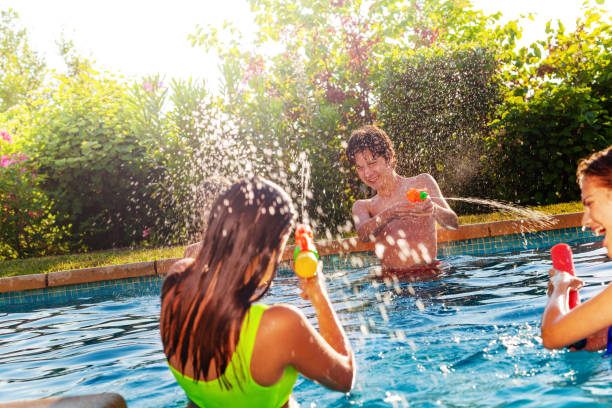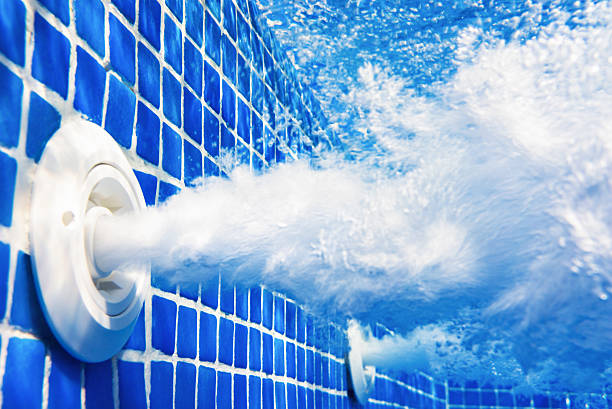
If you’re wondering how a pool heat pump works, then you’ve come to the right place. This device works by transferring heat from the air into the water of your swimming pool. The process begins with the superheating of a refrigerant, which then moves through a heat exchanger and onto the water in your swimming pools. Then, a compressor increases the heat of the gas, which then transfers the heat to the water in your swimming pools.
The pool covers tarneit works by pulling warm air across an evaporator coil and transferring it to a refrigerant. The heated refrigerant then changes from a liquid to a gas and enters the compressor. Then, it passes through the condenser and heat exchanger, where it transfers the heated water into your swimming pool. This process is both efficient and clean, as the electricity needed for this process costs about 25% of the cost of a typical natural gas heater.
While electric pool heat pumps are much more energy-efficient than gas-powered heaters, they take much longer to reach the desired temperature. This can be a disadvantage, because heat pumps require more time to heat your pool, and the process also takes longer to reach the target temperature. Regardless of how efficient the pump is, the time it takes to get the water temperature to a desired level is not something that can be underestimated. However, a gas-powered heater is faster, but it will cost you more money in the long run.

Swimming pool heat pumps work by pumping water through a system that uses refrigerant to transfer heat from the air into the water. When the water is heated, liquid Freon is pumped through the heat exchanger and returns to the pool at the desired temperature. Ultimately, the heated water will circulate back into the pool, ensuring that the water remains at a comfortable temperature. If you’re not concerned with maintaining a constant temperature, a heat pump will do the trick.
Gas-powered pool heaters use natural gas or propane to create heat. The water in a pool passes through a filter and is then fed into the heater. The gas-powered heater burns the fuel to produce heat, then the heated water is sent back to the pool. Unlike electric or solar pool heaters, this process is clean, cost-efficient, and environmentally friendly. Typically, electric heat pumps cost about half the price of a natural gas-powered heater.
To keep the water at a comfortable temperature, the heat pump circulates the water from the pool to the surrounding air. The heated water circulates through the evaporator coil, and then flows back into the pool at a comfortable temperature. When the heat exchanger is full, the heat pump will turn the refrigerant back into a gas to prevent freezing. After it has cooled, the refrigerant is pumped through an expansion valve to return to the same state it was in before.





